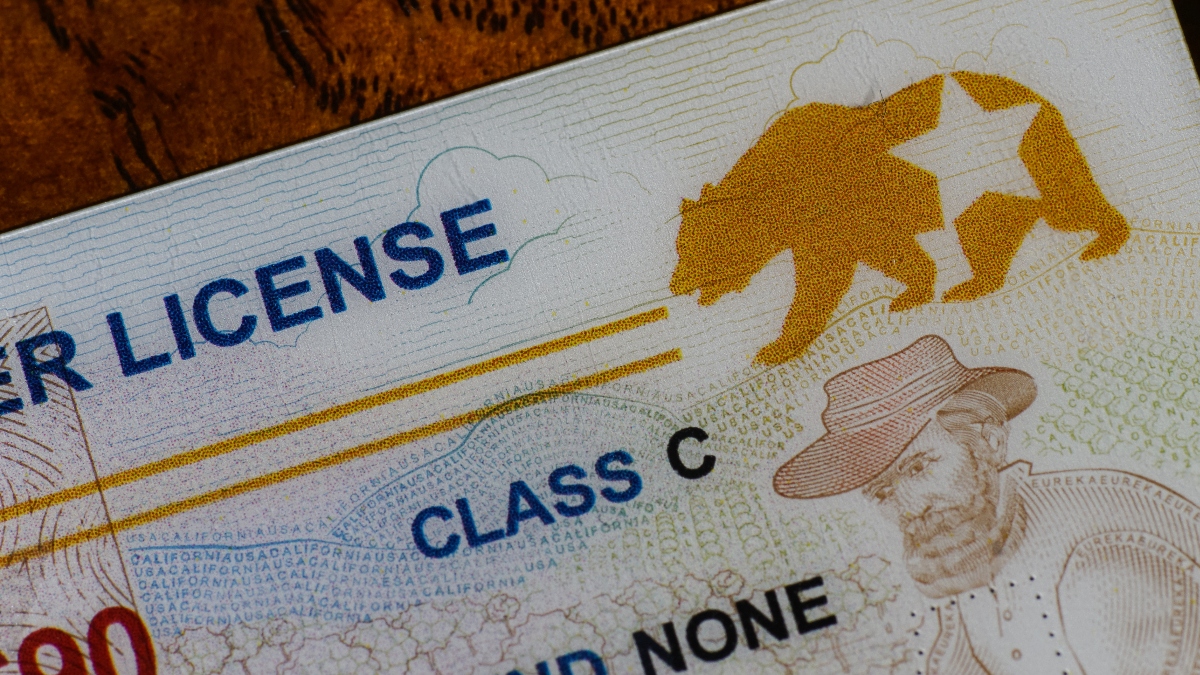After many years of updates regarding the REAL ID, the deadline for compliance is now just around the corner. By May 7, 2025, travelers will be expected to have their standard license or ID card replaced with the new ID in order to fly domestically. But how necessary is it for people to get? Keep reading to learn more about the REAL ID requirements, how to apply and what will happen once the deadline passes.
What is the REAL ID?
The REAL ID Act was passed in 2005 so that the U.S. Federal Government would “set standards for the issuance of sources of identification, such as driver’s licenses.” Although it passed 20 years ago, the deadline for compliance has been pushed back multiple times. It has now been firmly established as May 7, 2025.
All 50 states, the District of Columbia and the 5 U.S. territories (American Samoa, Guam, the Northern Mariana Islands, Puerto Rico and the U.S. Virgin Islands) are issuing the REAL ID-compliant driver’s licenses and IDs.
Not sure if yours is compliant? Look for a star symbol in the upper right corner of the ID. (Note: Some states have this star embedded in another symbol. For example, California uses a star embedded in a gold bear for its REAL IDs).
Who needs a REAL ID?
If you don’t already have a REAL ID, you may be wondering whether it’s important for you to get one. As of now, the identification is needed for the following situations:
- Boarding federal regulated commercial aircraft
- Entering nuclear power plants
- Visiting some federal facilities
But not all travelers will need the ID to hop aboard their next flight. Passport holders who are flying domestically can use that form of identification instead—you don’t need both!
Also exempt? Minors who are taking a domestic flight. According to the Department of Homeland Security (DHS) Website, “TSA does not require children under 18 to provide identification when traveling with a companion within the United States.” The person the child is flying with will need a valid ID, though.
International trips (including sea travel) will also not require you to have a REAL ID. In fact, it won’t be accepted as the only form of identification, just as a standard license is not sufficient now. After the deadline passes, a passport will still be needed when leaving the U.S.
The REAL ID requirements and how to apply

Anyone who needs or wants to obtain a REAL ID will need to visit a valid licensing agency in their resident state. The minimum document requirements for a compliant ID (and some examples of acceptable documents) are as follows:
- Full legal name
- Birth certificate
- U.S. passport
- Foreign passport with visa
- Permanent resident card
- Certificate of Citizenship
- Date of birth
- Birth certificate
- U.S. passport
- Foreign passport with visa
- Permanent resident card
- Certificate of Citizenship
- Social Security number
- Social Security card
- W-2
- 1099 form
- Pay stub
- Two proofs of address of principal residence
- Bank statement
- Recent tax return filing
- Credit card statement
- Mortgage statement
- Insurance policy or card
- Lawful status
- Birth certificate
- U.S. passport
- Permanent resident card
- Certificate of Citizenship
Before visiting an agency near you, it’s best to check your state’s licensing agency website to see if they have additional requirements for obtaining the ID.
What happens after the REAL ID deadline?
With many people racing to their local BMV office to get their REAL ID in time, others have wondered just how strict rules will be when it comes to compliance—especially after many years of the deadline being pushed back.
The DHS website states that travelers who do not present a REAL ID or an acceptable alternative (like a passport) starting May 7 will not be permitted to pass through the security checkpoint at their airport. However, some officials have shared that there may be a bit of leniency at first.
“What we’ve heard from our Transportation Security Administration partners over the last several months is that they would not do any hard stop of somebody that didn’t have a Real ID, government-issued document upon travel on May 7,” said Massachusetts Registrar Colleen Ogilvie, according to CBS News.
She also added that TSA agents may initially ask any travelers without the ID to show additional identification or give them a flyer with information about getting the REAL ID if they don’t already have a passport.
A TSA rule published in January also suggests that agents have “appropriate flexibility” to implement the requirements. The goal is full enforcement and compliance to be in effect by 2027.






